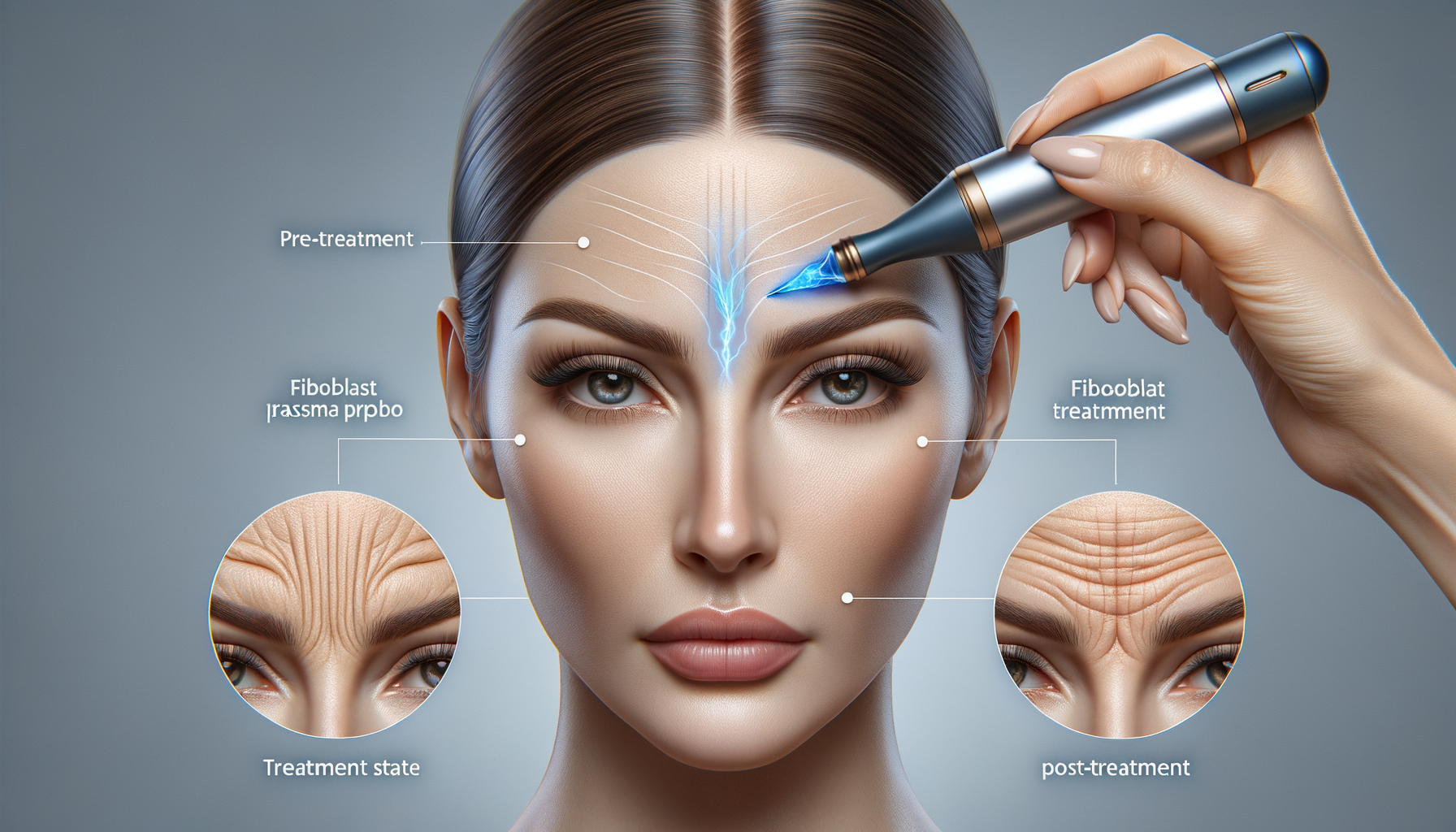Understanding the Nature of Osteoarthritis
Osteoarthritis is a degenerative joint disease that results from the gradual breakdown of cartilage—the cushioning tissue at the ends of bones. This condition affects millions of people worldwide, especially older adults. The most commonly affected areas include the knees, hips, hands, and spine. Recognizing the early signs, such as joint stiffness, mild swelling, and decreased range of motion, is crucial for effective treatment. Understanding how to manage joint pain from arthritis begins with acknowledging the chronic nature of the disease and the importance of proactive care.
Osteoarthritis is not just a result of aging; other contributing factors include joint injuries, obesity, genetics, and repetitive stress on joints. As the cartilage wears away, bones begin to rub against each other, causing pain and inflammation. The goal of any treatment is to slow the progression of the disease, relieve symptoms, and enhance mobility and quality of life.
Non-Surgical Approaches for Managing Osteoarthritis
For many individuals, especially in the early to moderate stages of osteoarthritis, non surgical options for osteoarthritis can provide significant relief. These methods focus on reducing pain and improving joint function without the need for invasive procedures. Physical therapy and exercise plans tailored to individual needs are often the first recommendations. These programs can strengthen muscles around the joint, enhance flexibility, and improve balance.
Other non-invasive treatments include:
- Weight management to reduce joint stress
- Assistive devices like braces or orthotic shoe inserts
- Heat and cold therapy to ease discomfort
- Over-the-counter pain relievers and anti-inflammatory medications
These strategies, when used consistently, can significantly improve mobility with arthritis care and delay the need for surgical intervention.
Pharmacological and Medical Interventions
When lifestyle changes and physical therapy are not sufficient, medical treatments for osteoarthritis pain may be recommended. Physicians often prescribe medications to manage inflammation and reduce discomfort. These may include nonsteroidal anti-inflammatory drugs (NSAIDs), topical analgesics, or corticosteroid injections directly into the affected joints. In some cases, hyaluronic acid injections are used to provide additional joint lubrication.
It’s important to work closely with a healthcare provider to monitor the effectiveness of these treatments and adjust them as symptoms evolve. In certain situations, stronger medications or combination therapies may be necessary, particularly when dealing with severe pain or multiple affected joints. However, these treatments must be used with caution due to potential side effects and long-term health considerations.
Exploring Natural Remedies for Pain Relief
Many people seek out natural remedies for osteoarthritis relief either as a supplement to traditional treatments or as a primary approach when symptoms are mild. Natural options can offer gentle and holistic ways to address inflammation and discomfort. Common natural remedies include:
- Turmeric or curcumin supplements for their anti-inflammatory properties
- Omega-3 fatty acids, often found in fish oil, to support joint health
- Glucosamine and chondroitin, which may help maintain cartilage structure
- Herbal teas and topical ointments with ingredients like ginger or eucalyptus
In addition to supplements, practices such as yoga, tai chi, and acupuncture have been reported by many individuals to help reduce stiffness and improve range of motion. These low-impact activities not only support physical health but also promote mental well-being, which can be beneficial when managing a chronic condition like osteoarthritis.
Building a Long-Term Management Plan
Successfully managing osteoarthritis requires a long-term commitment to joint care and lifestyle adjustments. A well-rounded management plan typically includes a combination of medical treatments, physical activity, dietary improvements, and stress reduction techniques. Regular check-ins with a healthcare provider ensure that treatments remain effective and are adjusted as needed.
To improve mobility with arthritis care, consider incorporating the following into your routine:
- Daily stretching and strengthening exercises
- Maintaining a healthy weight to ease joint load
- Tracking symptoms and triggers in a journal
- Joining a support group or attending educational workshops
The key to success lies in consistency and early intervention. Addressing symptoms promptly and adjusting strategies based on personal experience can make a significant difference in managing osteoarthritis over time.
Conclusion: Navigating Osteoarthritis with Confidence
Living with osteoarthritis involves adapting to physical changes, but with the right approach, it’s possible to maintain an active and fulfilling lifestyle. Whether you explore non surgical options for osteoarthritis, integrate natural remedies for osteoarthritis relief, or work closely with a medical team on more targeted treatments for osteoarthritis pain, a wide range of solutions are available. By staying informed and proactive, individuals can learn how to manage joint pain from arthritis more effectively and improve mobility with arthritis care tailored to their needs.




Leave a Reply